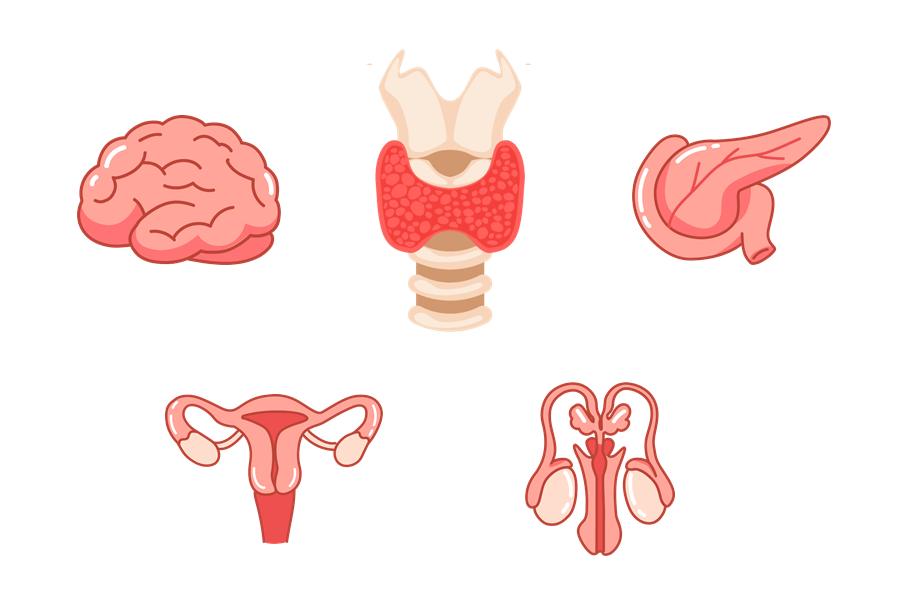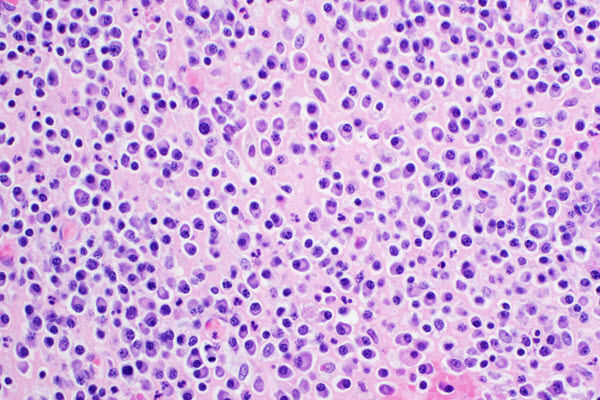Studies of women exposed through contaminated water, firefighting foam (AFFF), and consumer products suggest PFAS can disrupt hormones, damage DNA, and heighten cancer susceptibility. Military personnel and women with a history of talc use may face compounded risks. Learn what the science says, how exposure happens, and how ovarian cancer lawsuits are unfolding for affected individuals.
Understand the dangers of PFAS, the "forever chemicals" found in everyday products, their significant impacts on the endocrine system, and practical steps to minimize exposure.
Emerging research links PFAS and other toxic water contaminants to increased risks of lung cancer and mesothelioma—learn how these hidden pollutants threaten your health and what actions communities can take to protect themselves.
Recent research suggests a connection between PFAS exposure and brain cancer, highlighting potential risks for military veterans, firefighters, and communities near contaminated sites—explore the latest scientific findings and regulatory actions.
PFAS exposure may contribute to the development of thyroid disease, but legal and medical challenges make proving direct causation difficult—we take a look at the latest studies, legal cases, and future policy changes.
New studies link PFAS exposure and pancreatic cancer by disrupting endocrine function, inducing chronic inflammation, and causing genetic mutations.
New research highlights the link between PFAS exposure and bladder cancer, showing how these persistent chemicals accumulate in the bladder, cause oxidative stress, and disrupt cellular functions, increasing cancer risk in contaminated communities and high-exposure occupations.
Emerging research links PFAS exposure to prostate cancer by disrupting hormones, inducing inflammation, and causing DNA damage, increasing cancer risk for men in contaminated environments and high-exposure occupations.
New research links PFAS exposure to non-Hodgkin’s lymphoma through immune suppression, chronic inflammation, and oxidative DNA damage, increasing cancer risks for individuals in contaminated environments.










